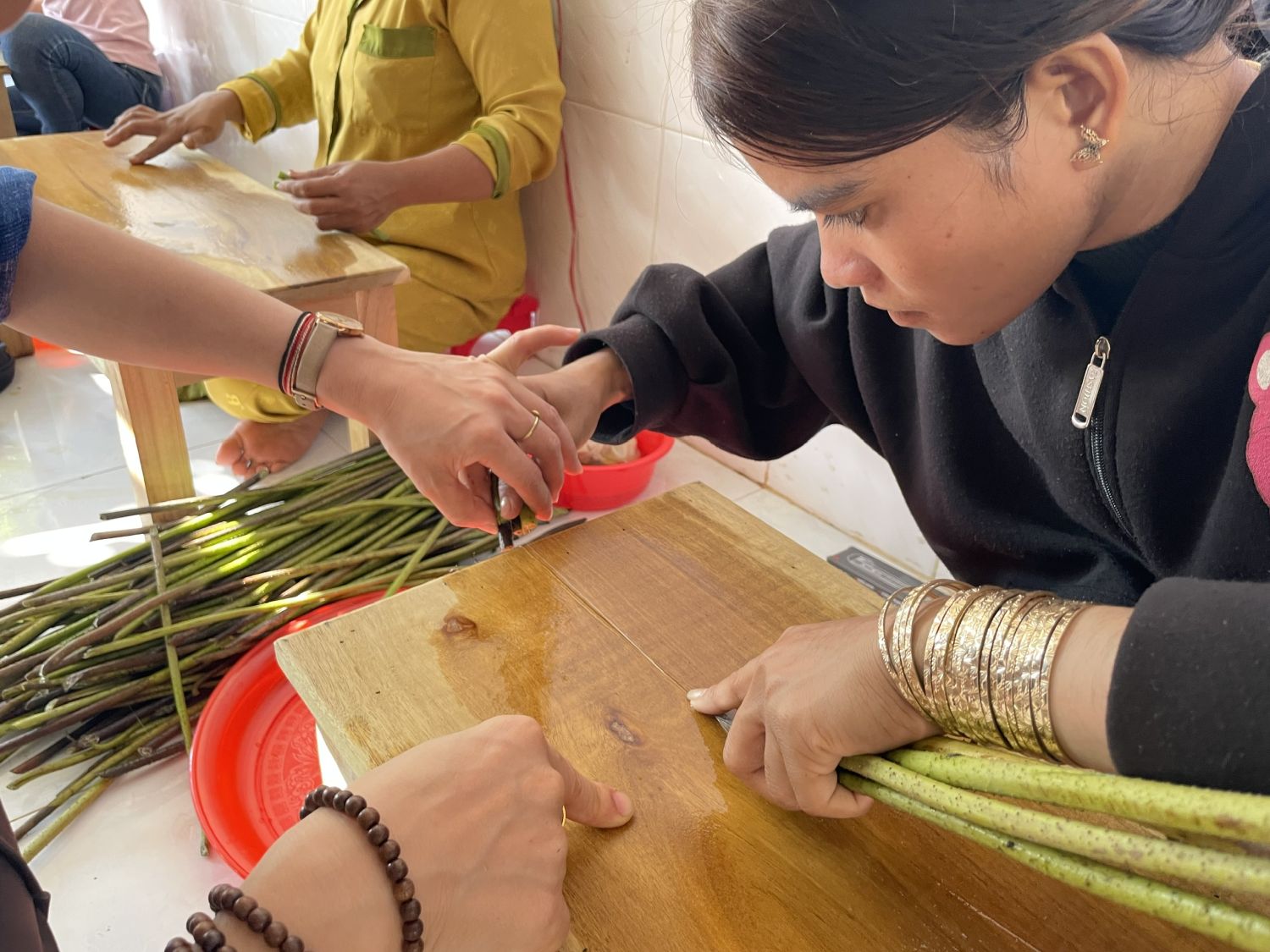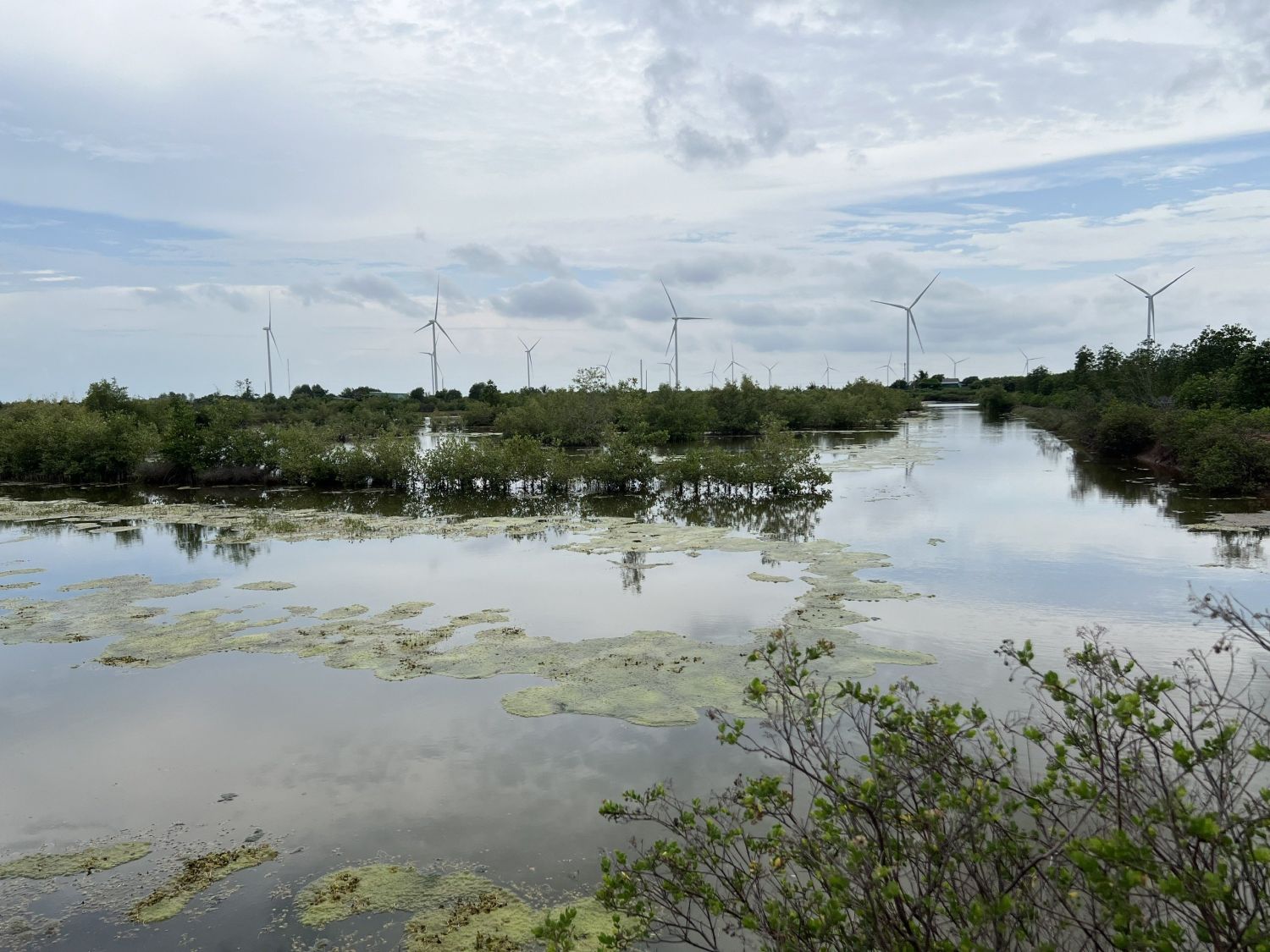The "30x30" target and opportunities for OECMs in Viet Nam
The Aichi Targets adopted at the 2010 UN Convention on Biological Diversity (CBD) conference in Nagoya, in Japan’s Aichi Prefecture, included Target 11 to effectively conserve 17% of all land and inland waters and 10% of the ocean by the end of the decade. While some progress was made toward that goal, the world ultimately fell short: by 2020, only 15% of the Earth’s land area and 7% of marine area were reported as being conserved. Further, the quality of these areas, or the extent to which they achieve effective conservation outcomes, is also unknown. Nevertheless, Target 11 did help galvanize action to both establish more terrestrial and marine protected areas, and encourage countries to take steps towards identifying, recognizing and reporting “other effective area-based conservation measures”, or OECMs.
At the conference in Sharm El Sheikh, Egypt in 2018, the CBD announced the definition, guiding principles, common characteristics and criteria for identifying OECMs.
To address both the biodiversity and climate crises, scientific studies suggest that half of the planet must be maintained in a natural state. Most experts agree that a reliable interim goal is to achieve a minimum level of protection of 30% by 2030. This ambition was included in the Post-2020 Global Biodiversity Framework adopted by countries at the CBD COP15 in Montreal in December 2022 and referred to as 30x30. To achieve the goal, we will need to double existing land protection and more than quadruple ocean protection. Over 100 countries have joined the High Ambition Coalition championing 30x30.
Legally, there is only one system of protected areas in Viet Nam: special-use forests (SUFs) managed by the Ministry of Agriculture and Rural Development. MARD’s Strategy for Management of the SUF System to 2020 sets out a goal that “by 2020, 9% of the land and 0.24% of the marine area of Vietnam will be protected in the SUF system”. But by 2020, the total area of SUF was only 2 million hectares (6%) of the land area, and there is little appetite to increase or expand SUFs.
Viet Nam’s National Biodiversity Strategy and Action Plan sets a target “by 2030, 9% of the land area; and 3-5% of the marine and coastal areas of the country shall be protected”. It also states: “Applying effective conservation measures in areas outside the protected areas”.
IUCN defines OECMs as “a geographically defined area other than a Protected Area, which is governed and managed in ways that achieve positive and sustained long-term outcomes for the in-situ conservation of biodiversity, with associated ecosystem functions and services and where applicable, cultural, spiritual, socio–economic, and other locally relevant values”. OECMs can provide recognition, support and security to areas of conservation value and good governance outside of protected areas.
Viet Nam is home to many large protection and production landscapes outside of protected areas that include areas of high biodiversity value. Here, there are opportunities to recognize, support and report OECMs in ways that can help Viet Nam meet the 30x30 target.
In Viet Nam, 122 Key Biodiversity Areas (KBAs) covering a total area of 37,522 km² have been identified. Of this, only 81 KBAs are included in terrestrial or marine protected areas, meaning that 41 KBAs are legally unprotected and could be eligible for recognition as OECMs.
OCEMs can be applied to a wide range of land uses outside of SUFs. Examples include:
- Areas of natural forest that are categorized as production or protection forests, especially large areas managed by state forestry companies (SFCs). Since 2016, a logging ban has been in place. Many SFCs, although commercially logged out retain high conservation values and could be recognized as OECMs.
- Large areas of the Mekong Delta floodplain have been converted to three rice crops/year. In line with Resolution 120, issued in 2017, many of these are reverting to one rice crop/year and a flood-based crop such as lotus. These semi-natural wetlands areas, which will help restore ecosystem functions and biodiversity, could be recognized as OECMs.
- In the Central Highlands, there is a need to transition out of coffee monocultures into mixed agroforestry by intercropping coffee with durian, passion fruit, avocado, and other fruit trees. This new crop mix is high value and uses much less water, thereby mitigating growing dry season water shortages. If this transition were combined with strict protection of the remaining areas of natural forest, large areas could be recognized as OECMs.
- Hanoi and HCMC have some of the world’s lowest areas of green space per capita. Undeveloped land such as Bai Giua in the Red River and swampy areas in Nha Be District in HCMC are important habitats for migratory birds and could be converted to urban parks that could be recognized as OECMs.
- Private corporates manage large areas of land, for example, dairy and tourism companies. If these land areas are of sufficient size and are managed in ways that conserve biodiversity, they would be potential OECMs.
As the ministry responsible for biodiversity conservation outside of SUFs and for setting environment standards, the Ministry of Natural Resources and Environment has the mandate to promote the use of OECMs. MONRE could thereby significantly increase its role in in situ biodiversity conservation.
In terms of next steps, it is recommended that MONRE should:
- Include OECMs in the Biodiversity Law, which is currently being revised.
- Once OECMs are recognized in law, draft the OECM implementing regulations, which could be done by adapting the technical guidelines that IUCN has prepared.
- Use the latest IUCN Red List data to update KBAs and use these as the scientific basis for mapping potential OECMs.
- Once the OECM implementing regulations are in place, work with businesses, farmer groups and cooperatives, forest management boards, provincial governments, and other bodies that manage large areas of land with high biodiversity value to confirm potential OECMs.
OECM is a new designation to recognise effective conservation outside of protected areas. The concept therefore needs to be socialized. To kick off this process, a national consultation is needed to demonstrate how OECMs can be applied from a technical, policy, and institutional perspective. Institutionalizing OECMs would not only help Vietnam meet its international commitments but also help it protect some of its most biodiverse but threatened habitats, such as isolated karst hills, seasonally flooded grasslands, and coastal mudflats that are poorly represented in the protected area system.
For OECMs guidelines in English, please see LINK.
For OECMs guidelines in Vietnamese, please see LINK.
For site-level tool for identifying OECMs in English, please see LINK
For site-level tool for identifying OECMs in Vietnamese, please see LINK



